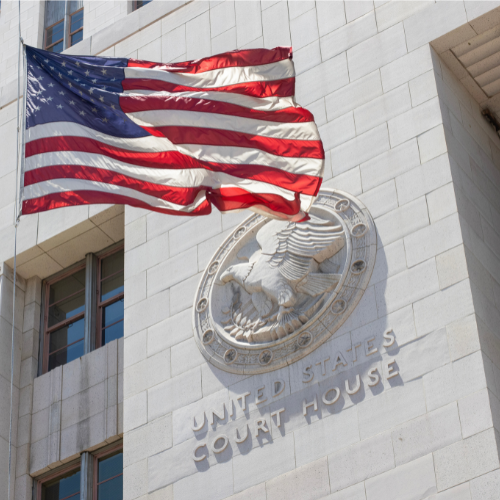Johnson & Johnson is a popular company with a market share that any business would envy. But, their reputation for quality products diminished following Reuters publishing an investigation of J&J being well aware of asbestos in their talc products, including baby powder, for many decades. Countless lawsuits detailed the tragic effects of J&J’s negligence that management tried to cover up for decades.
A legitimate transaction or sidestepping accountability?
Recently, J&J began an attempt to separate their baby powder liabilities from the rest of their business. They moved their asbestos liability to a new company that then filed for bankruptcy protection.
So far, a bankruptcy judge has sided with J&J on their proposed plan, denying a request for a restraining order from plaintiffs’ attorneys.
J&J’s move comes from Texas’ “divisive merger” law commonly used for companies with multiple lawsuits involving asbestos exposure. Companies can divide into two entities and use the second one for bankruptcy that puts a stop to litigation. This is infamously known as the “Texas Two-step”.
Even with the controversy, Johnson & Johnson still enjoys a market value of more than $450 billion despite more than 30,000 plaintiffs suing the company for their alleged unsafe products.















